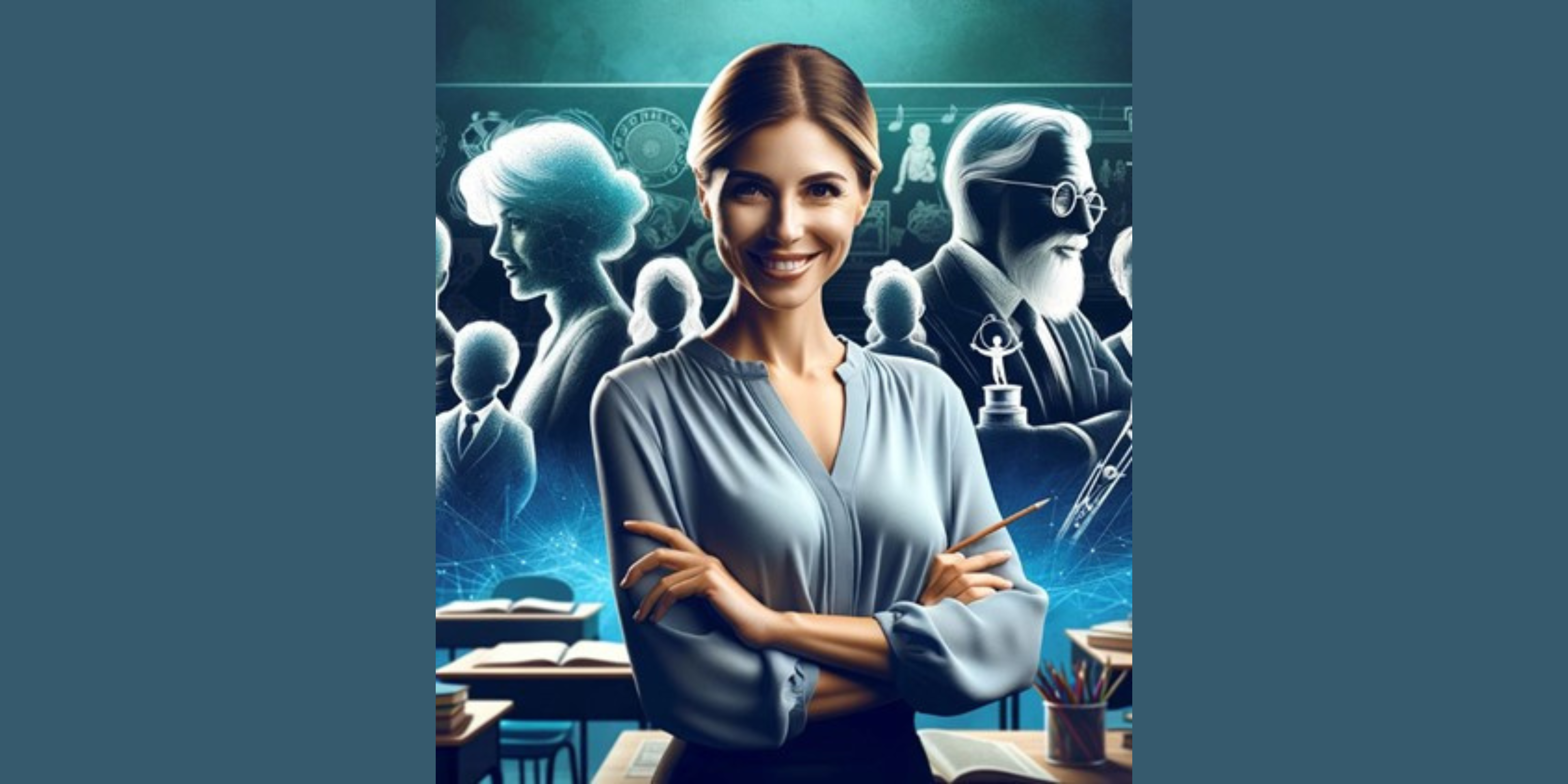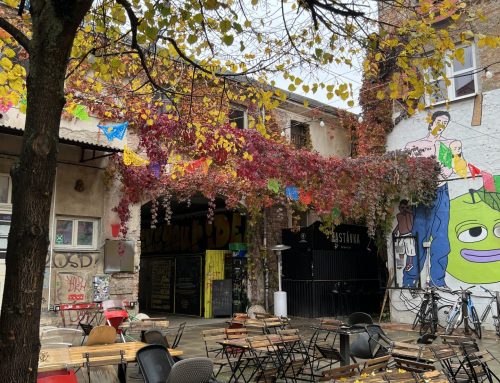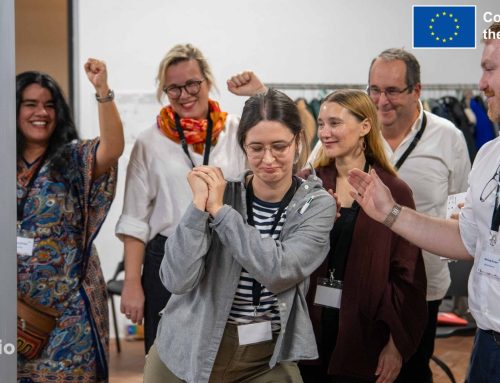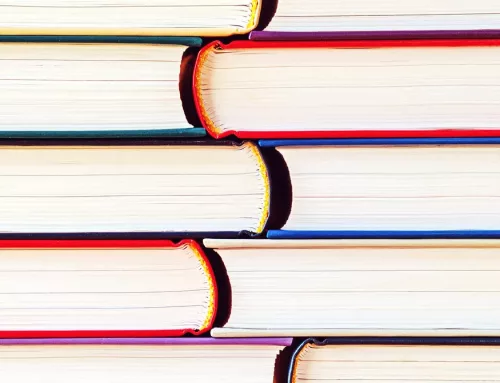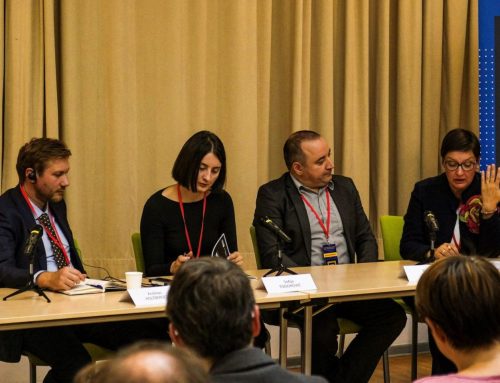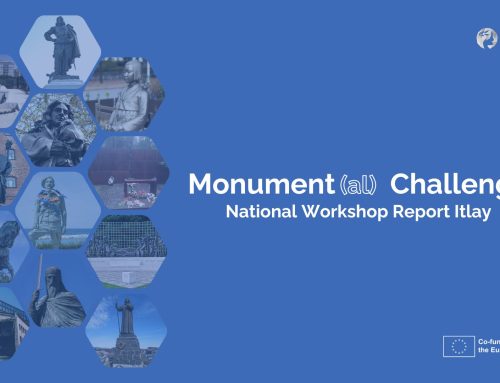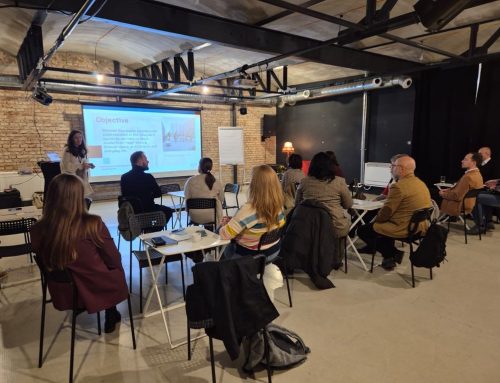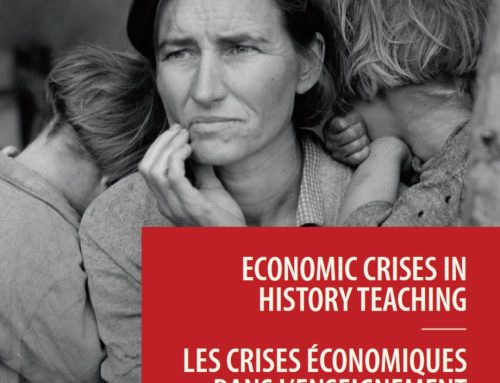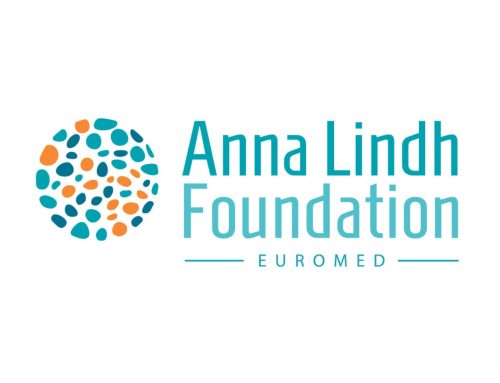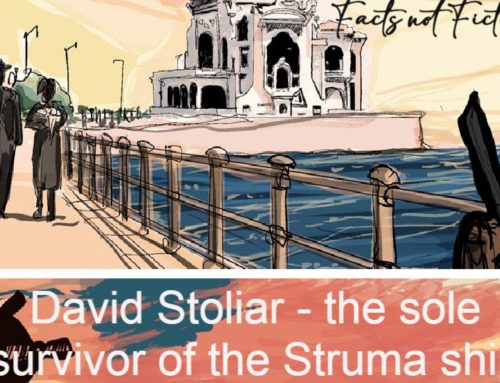In the span of my 25-year career teaching history, the quest for more effective teaching and learning methods has always been at the core of my professional journey. With the advent of artificial intelligence (AI), I’ve embarked on a new chapter, exploring its vast potential to revolutionise history education. This article reflects on the integration of AI in my teaching practices, highlighting its benefits and challenges, and offering insights into how it can serve as a powerful teaching and learning tool in the history classroom.
We’ve Been Here Before
Throughout history, the advent of general-purpose technologies—such as the printing press, and the internet, —has marked significant transformations in society and, of course, education. Initially perceived as disruptive, and even threats to traditional learning, these innovations eventually proved to be integral to the educational landscape. The introduction of calculators into classrooms, feared to undermine basic arithmetic skills, serves as a prime example. Despite initial apprehensions, calculators became essential tools, enhancing rather than detracting from learning.
Similarly, the internet, once met with scepticism by educational traditionalists worried about plagiarism and the spread of misinformation, has transformed into a fundamental resource for teaching and learning, enabling access to information, fostering global communication, and facilitating innovative teaching methodologies.
Generative AI such as ChatGPT in history teaching is poised to be the latest chapter in this ongoing narrative of progress, offering new ways to engage and educate, while also presenting its own set of challenges and opportunities for critical engagement.
The Transformative Power of AI in History Education
AI has undeniably transformed the way I approach teaching. Its capabilities have allowed me to design lessons that were once beyond imagination. AI-enabled platforms have made it possible to “conjure up” figures from the past, offering students the unique opportunity to engage in simulated interviews with a diverse range of historical characters. This innovative approach has not only captivated students’ interests but also deepened their understanding of historical contexts and narratives.
For instance, my students have had the chance to ask a Celtic druid about ancient rituals and beliefs, providing insights into the spiritual and cultural dimensions of Celtic society. They’ve questioned a mediaeval knight about the realities of feudal life and warfare, shedding light on the complexities of mediaeval social hierarchies and military strategies. An interaction with an Allied soldier on the eve of D-Day has brought to life the tension, fear, and bravery of those moments, offering a personal perspective on the events of World War II. These encounters bring history alive in a manner that textbooks simply cannot match.
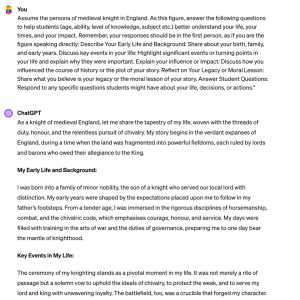
ChatGPT
However, this use of AI also serves a dual purpose. It underscores what I believe is the most critical skill not only for historians but for anyone engaged in learning or research: the importance of verification. I cultivate a habit in my practice and teach my students to ALWAYS double-check and cross-reference AI-generated content.
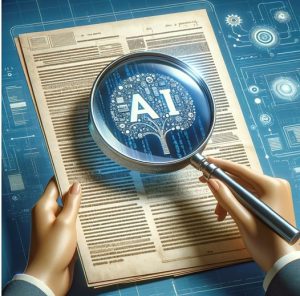
Image generated by ChatGPT
We cannot always take generated content at face value, and it is with keen interest that I highlight AI’s imperfections to my students. When unsure of an output, I typically turn to another source (mainly Google) to verify the information. This process showcases AI’s imperfections but also highlights how human input will always be key when using AI tools.
Through these practices, students learn the value of critical thinking and the necessity of questioning and verifying information, skills that are indispensable in the digital age. Students not only learn about the past but also how to navigate the present and future with discernment and critical insight.
Creating Bespoke Content for Students of All Abilities: A Dream Realised
Moreover, AI’s adaptability has been instrumental in creating content tailored to students at different levels of learning. This personalisation of learning content has led to unprecedented levels of engagement and learning outcomes in my classroom.
AI’s remarkable adaptability has been a game-changer in crafting content that meets the diverse needs of students. For “beginner” learners, AI can simplify complex historical events into more digestible components, while for those at an intermediate level, it introduces more nuanced analysis and connections between events. Advanced learners are challenged with in-depth questions and tasks that require critical thinking and synthesis of information across different historical periods.
The “one-size-fits-all” lesson is no more. The ability to create bespoke educational content was something educators could once only dream of. Now, it’s a reality that’s enhancing how we teach, learn, and engage with history, making the subject more accessible and appealing to students with varying abilities and interests. This leap forward in educational technology underscores the vast potential of AI to support and enrich the learning experience for all students.

ChatGPT
The Balance Between Technology and Traditional Teaching Skills
While embracing AI’s potential, it’s essential to maintain a balance with traditional teaching methodologies. The core skills of history education—such as critical thinking, source analysis, and historical empathy—remain as relevant as ever. AI should be viewed as a complement to these foundational skills, not a replacement. By integrating AI into our teaching practices judiciously, we can enhance the educational experience without losing sight of the discipline’s fundamental principles.
Looking Ahead: The Future of AI in History Education
As we forge ahead, the role of AI in history education is poised to grow. However, its successful integration depends on our ability to critically assess its applications and address its limitations. By doing so, we can harness AI’s potential to foster a more inclusive, engaging, and innovative learning environment that prepares students for the complexities of the past and the challenges of the future.
About the author: Patrick Hickey

Patrick Hickey is a member of the History Teachers Association of Ireland, with over 25 years of teaching History in Ireland. He is recognised as a leading advocate for AI in enhancing education and addressing work-life balance for educators. His CPD sessions have been attended by thousands of teachers.
He is a leading commentator on AI in Irish education across Irish media platforms, including Ireland’s national broadcaster RTÉ, national radio, and print.
For more information and to connect with his work, follow him on social media at @aiteachingguru or visit his website at www.aiteachingguru.com.

